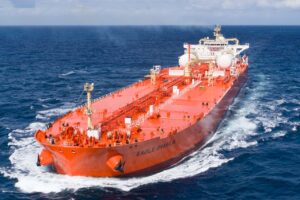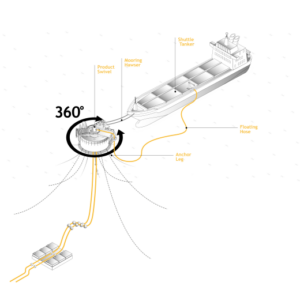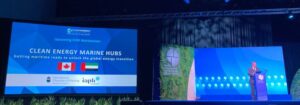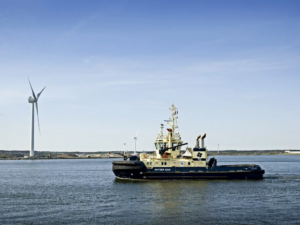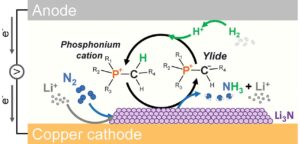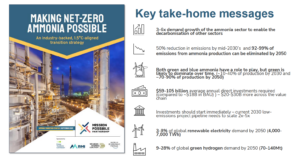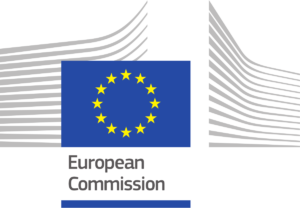Ammonia-powered Aframaxes
Thailand’s state-owned oil & gas organisation PTT and Singapore-based AET Tankers have agreed to jointly develop two dual-fuel Aframax vessels, with the intention of powering them with ammonia fuel. AET will select a shipyard for construction, with the two vessels to be delivered to PTT for long-term charters by early 2026.
